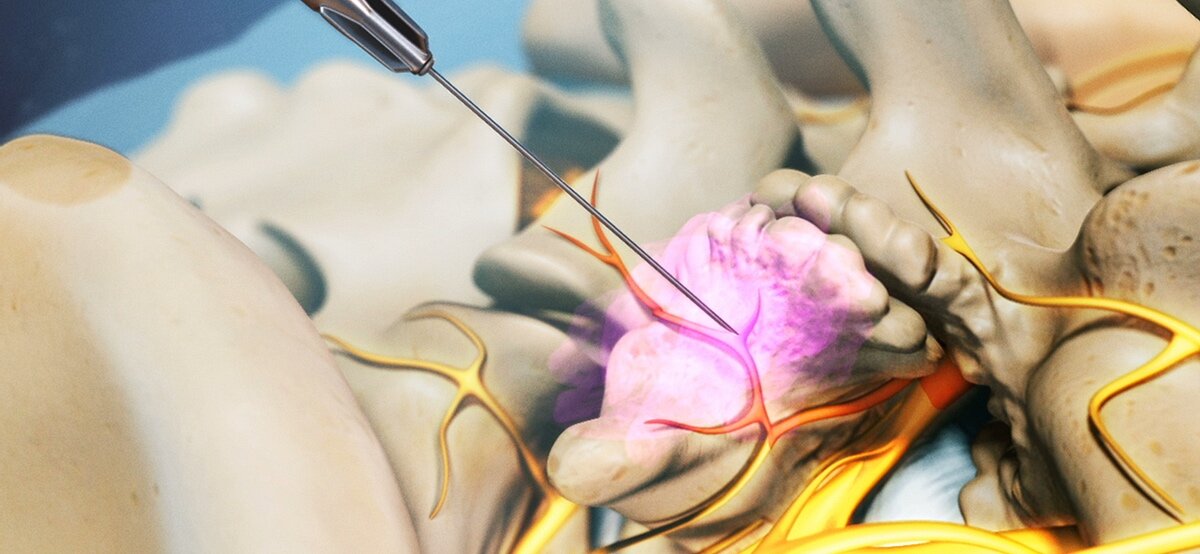
Medial Branch Block
Non-surgical treatment for "Axial Back Pain"
What is facet joint disease?
Your back bone (vertebral column) consists of multiple bones (vertebrae) linked together by facet joints. Every vertebrae in the spine has a left and right facet joint. These joints allow the spine to flex, rotate, twist and extend freely. Breakdown or degeneration of these joints can lead to facet joint disease leading to pain in the back pain or neck pain. Each joint gets its sensation from a tiny nerve called medial branch.
Who needs Medial Branch Block?
Patient with axial neck pain or back pain can benefit from this diagnostic injection. Patients with disc herniation, degenerative disc disease, spinal stenosis may also have some involvement of facet joints and may benefit from this procedure.
What is Medial Branch or Facet Joint Block?
Facet joints in the spine gets there sensation from tiny nerves called medial branches. During medial branch block we numb these nerves with a local anesthetic medicine. This is a diagnostic or a test block. If back pain or neck pain gets better after this block, it helps Dr. Goswami diagnose facet joint disease. The pain-relief from this block usually last for 6-12 hours. After performing two successful diagnostic blocks, we proceed with Radiofrequency Ablation of Medial Branch Nerve, a more long-lasting treatment.
How is this injection performed?
Patients are sedated, numbing medication is then injected at the point of skin entry. A thin needle is advanced near the facet joint under x-ray guidance and a small amount of medication is injected. The injection can be administered in 3-5 minutes.
What are the risks and complications associated with this injection?
It is generally a safe procedure. But as with any interventional procedure, it carries a small risk of potential complications such as bleeding, infection, leaking spinal fluid & injury to blood vessels or nerves around the spine.
What are the common causes of neck pain?
Common causes of neck pain include:
Spinal Canal narrowing
What are the common causes of back pain?
Common causes of back pain include:
Spinal Canal narrowing



